Entry Category: Law
 Ford Execution Article
Ford Execution Article
Ford, L. L. (Execution of)
 Fort Smith Courthouses, 1896
Fort Smith Courthouses, 1896
 Fort Smith Federal Courthouse
Fort Smith Federal Courthouse
Fort Smith Sedition Trial of 1988
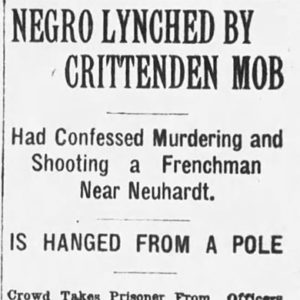 Warren Fox Lynching Article
Warren Fox Lynching Article
Fox, Warren (Lynching of)
Franklin, Connie (Alleged Murder of)
Franklin, Monroe (Lynching of)
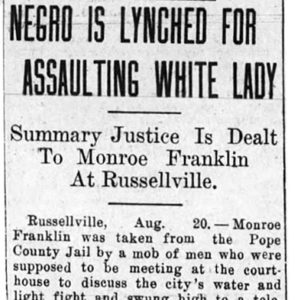 Monroe Franklin Lynching Article
Monroe Franklin Lynching Article
Frauenthal, Samuel
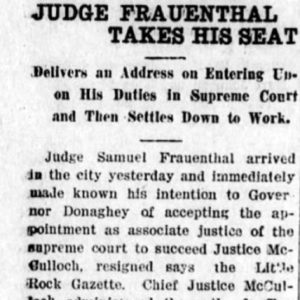 Samuel Frauenthal Address
Samuel Frauenthal Address
Frederick, Bart (Lynchings Related to the Murder of)
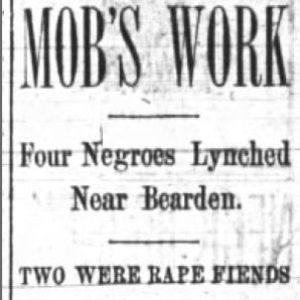 Frederick Lynching Article
Frederick Lynching Article
Freedom Suits
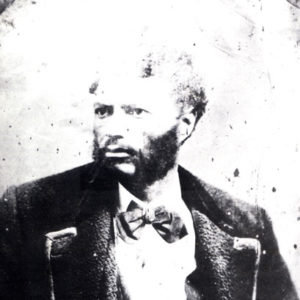 William Furbush
William Furbush
Fussell, Robert Foreman (Bobby)
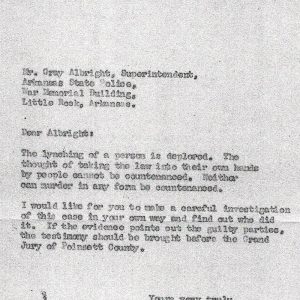 Futrell Letter
Futrell Letter
Fyler, Eliza A. (Lizzie) Dorman
Gambling (Legal)
Gardner, Jeff (Lynching of)
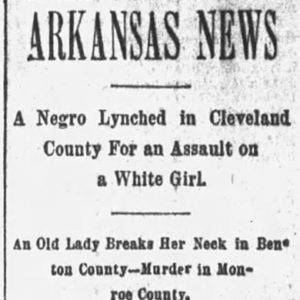 Jeff Gardner Lynching Article
Jeff Gardner Lynching Article
 Garland County Courthouse
Garland County Courthouse
 Garland County Courthouse
Garland County Courthouse
Gary v. Stevenson
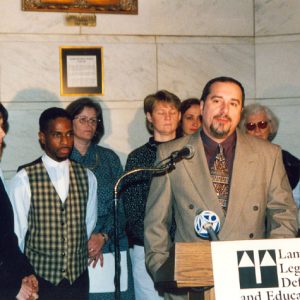 Gay and Lesbian Movement Press Conference
Gay and Lesbian Movement Press Conference
Gent v. Arkansas
Gentry, Thomas Jefferson
George (Lynching of)
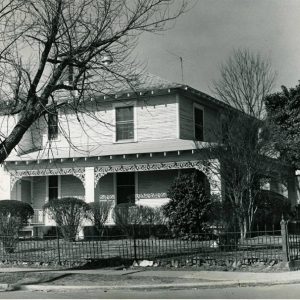 Gibbs Home
Gibbs Home
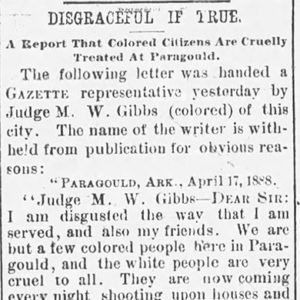 Gibbs Letter
Gibbs Letter
Gibbs, Mifflin Wistar
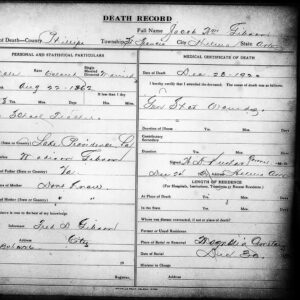 Gibson Death Record
Gibson Death Record
 Gibson Murder Article
Gibson Murder Article
Gibson, J. W. (Murder of)
Gifford (Lynching of)
Gilbert, John (Lynching of)
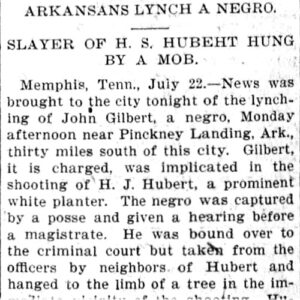 John Gilbert Lynching Story
John Gilbert Lynching Story
Gilmore, Felix (Lynching of)
Glaze, Thomas Arthur (Tom)
Glory, Doghead (Execution of)
Glover, D. D.
aka: David Delano Glover
 Goat Castle
Goat Castle
Gould, Godfrey (Lynching of)
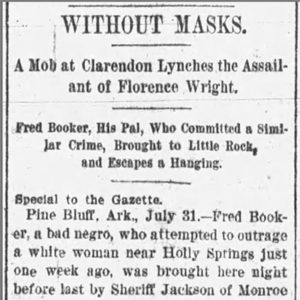 Godfrey Gould Lynching Article
Godfrey Gould Lynching Article
 Governor's Message
Governor's Message
Graham, Fred Patterson
Grand Gulf Affair
 Grand Gulf Nuclear Generating Station
Grand Gulf Nuclear Generating Station




